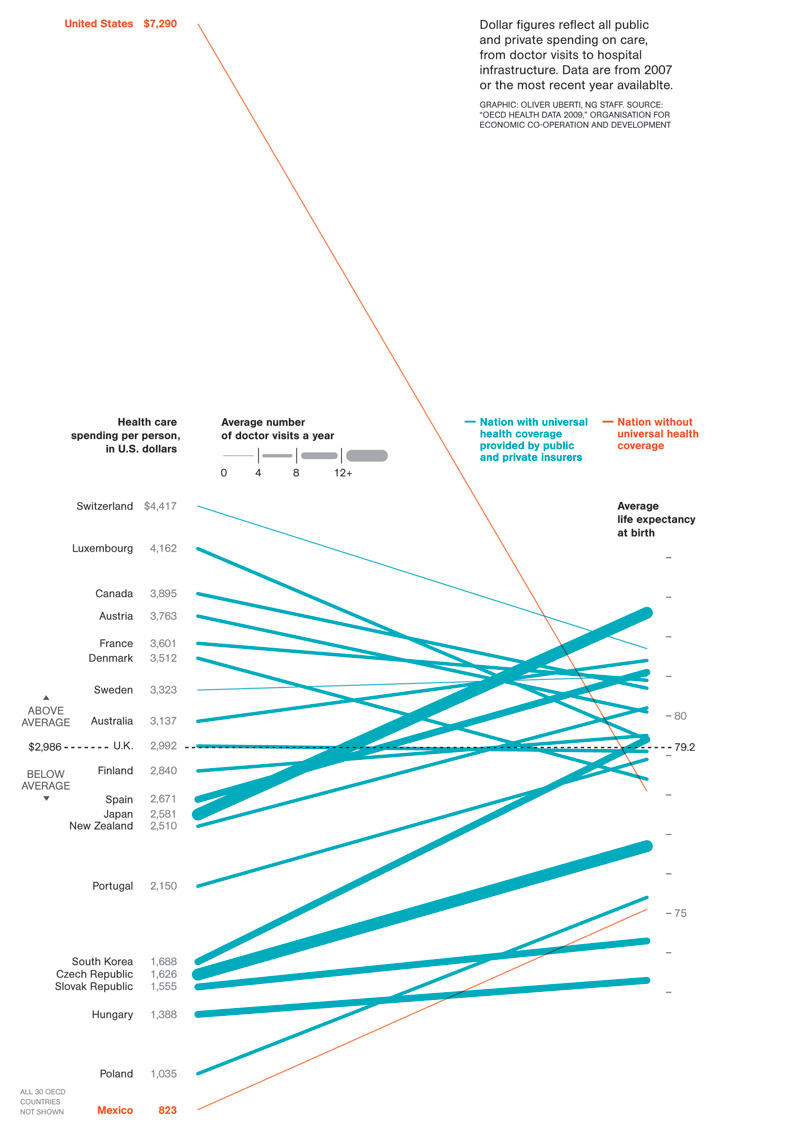Start with Dean Baker.
Will the ACA Hurt Employers: Morning Edition Says It Depends on How They Feel
Reporters at NPR have the time to look up the requirements of the Affordable Care Act and calculate their impact on employers. Its listeners do not. For that reason, it is incredibly irresponsible to simply report the views of one small business owner saying the bill will be a big burden and then another who says it will guarantee him and his wife insurance.
Morning Edition could have taken 30 second to give listeners an idea of the size of the burden that the ACA imposes. For firms that employ fewer than 50 workers, there are no requirements. Firms of 50 workers or more must either provide insurance or pay a penalty.
The size of penalty is $2,000 per worker, with the first 30 workers exempted. This means that if a company employs exactly 50 workers (as could be the case with the employer profiled), then the company would have to pay a $40,000 fine. If the average pay for a worker is $10 an hour (in other words, everyone gets close to the minimum wage), this fine would add 4 percent to the company’s wage bill. If the employer currently pays for some care (as the employer profiled claimed he did), he would be able to stop paying for the care, which would offset much or all of this cost.
By comparison, past minimum wage increases have been on the order of 15-20 percent. Extensive research has found that these increases in labor costs have had little or no impact on employment, meaning that firms have been able to absorb this additional expense without substantially changing their operations. This research suggests that the burden imposed by the ACA would have relatively little impact on business.
…but don’t stop there. Who was this “one small business owner”? Thanks to the internets, and SteveM at Balloon Juice, we have an answer: Just a Humble Tradesman, Trapped in a World He Never Made.
… So Joe Olivo isn’t just some random business owner—he’s dispatched by NFIB whenever there’s a need for someone to play a random small business owner on TV.
Thanks, NPR and NBC —you asked us to smell the grass, and you didn’t even notice it was Astroturf. Or you noticed, but you didn’t want us to.
Read it all. Reallly.

 T.R., not Harry (and what does T. R. stand for? surprisingly hard to find out).
T.R., not Harry (and what does T. R. stand for? surprisingly hard to find out).